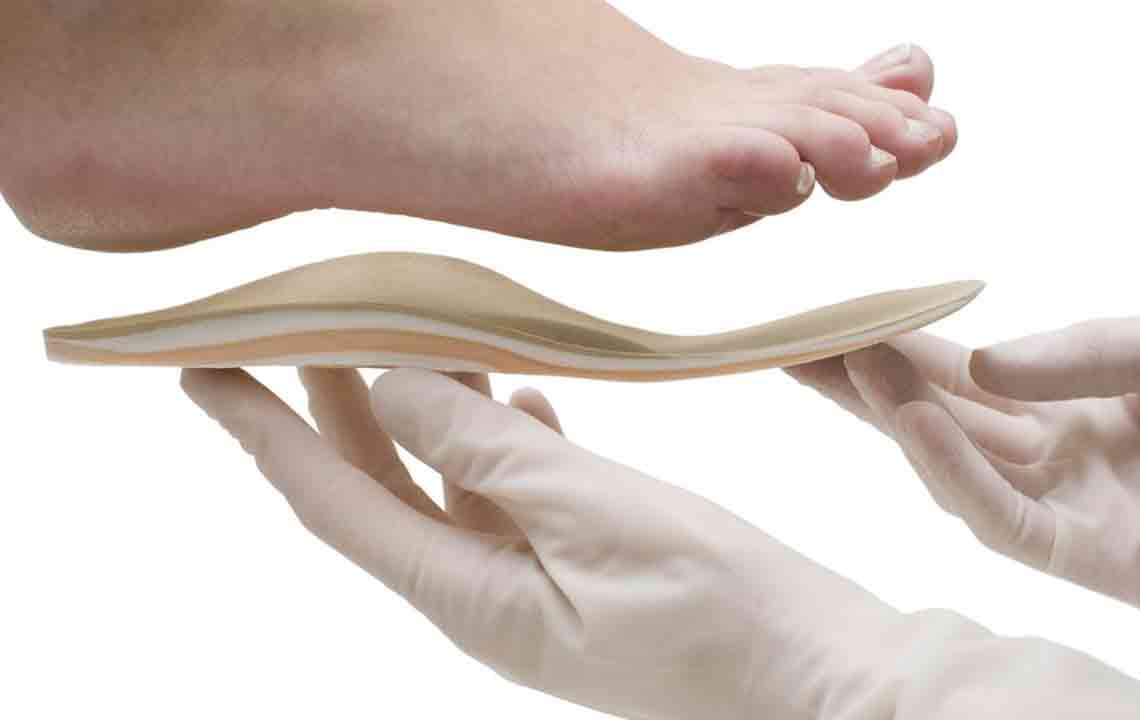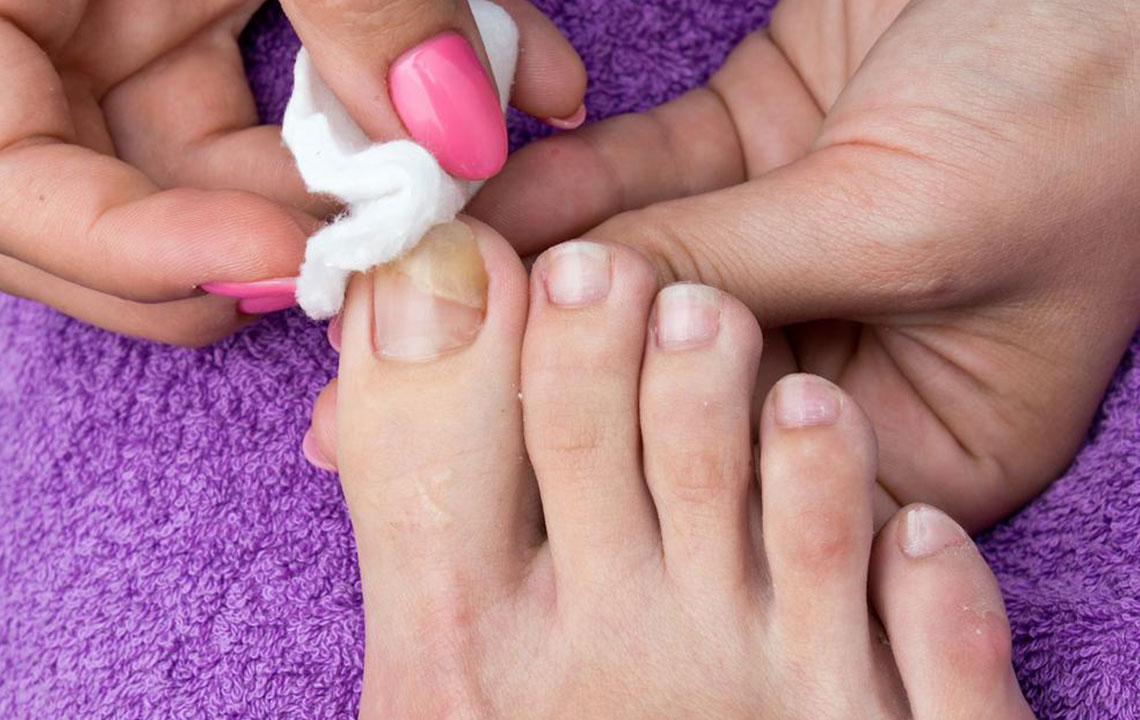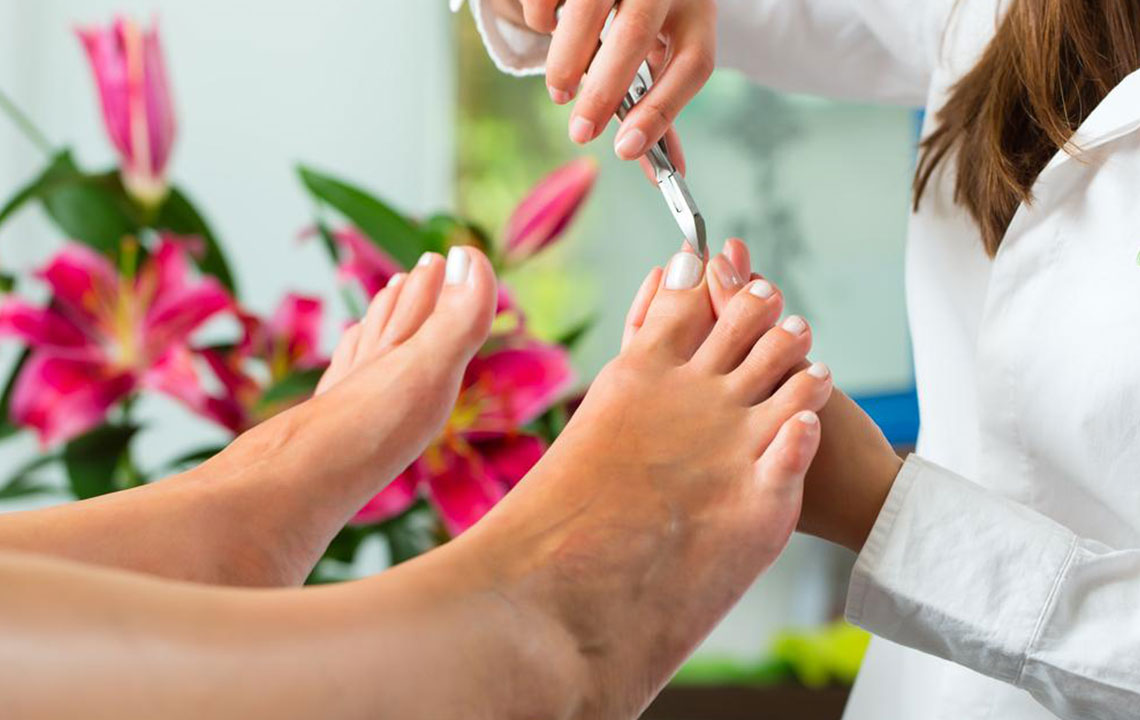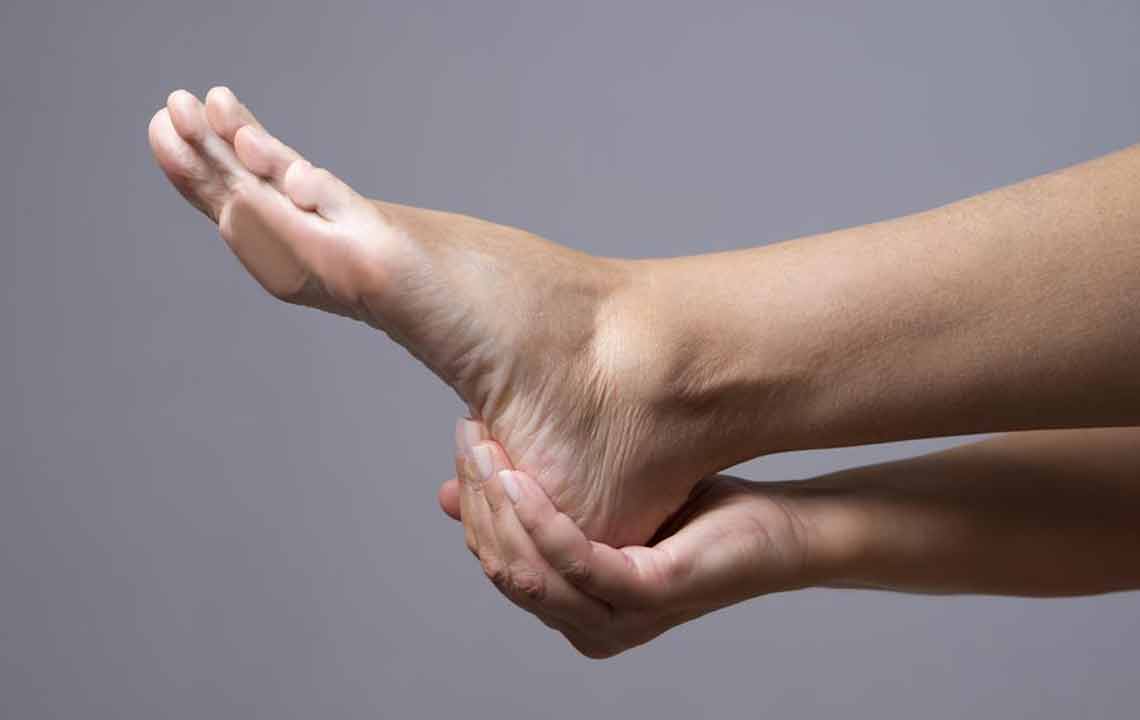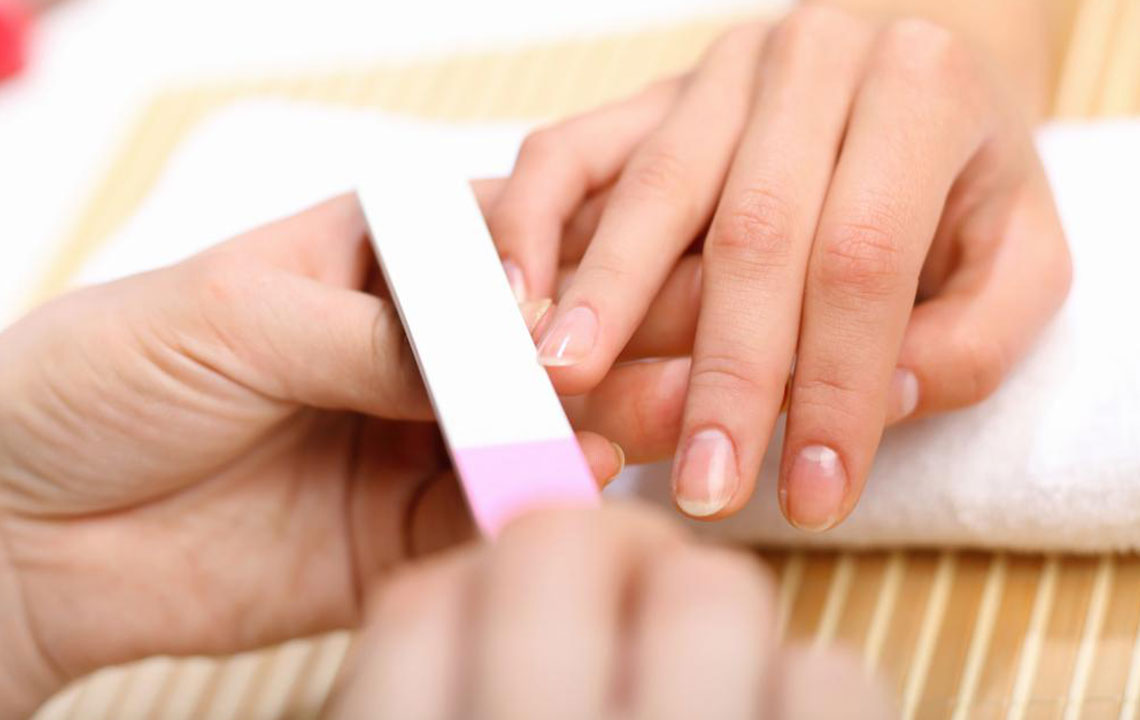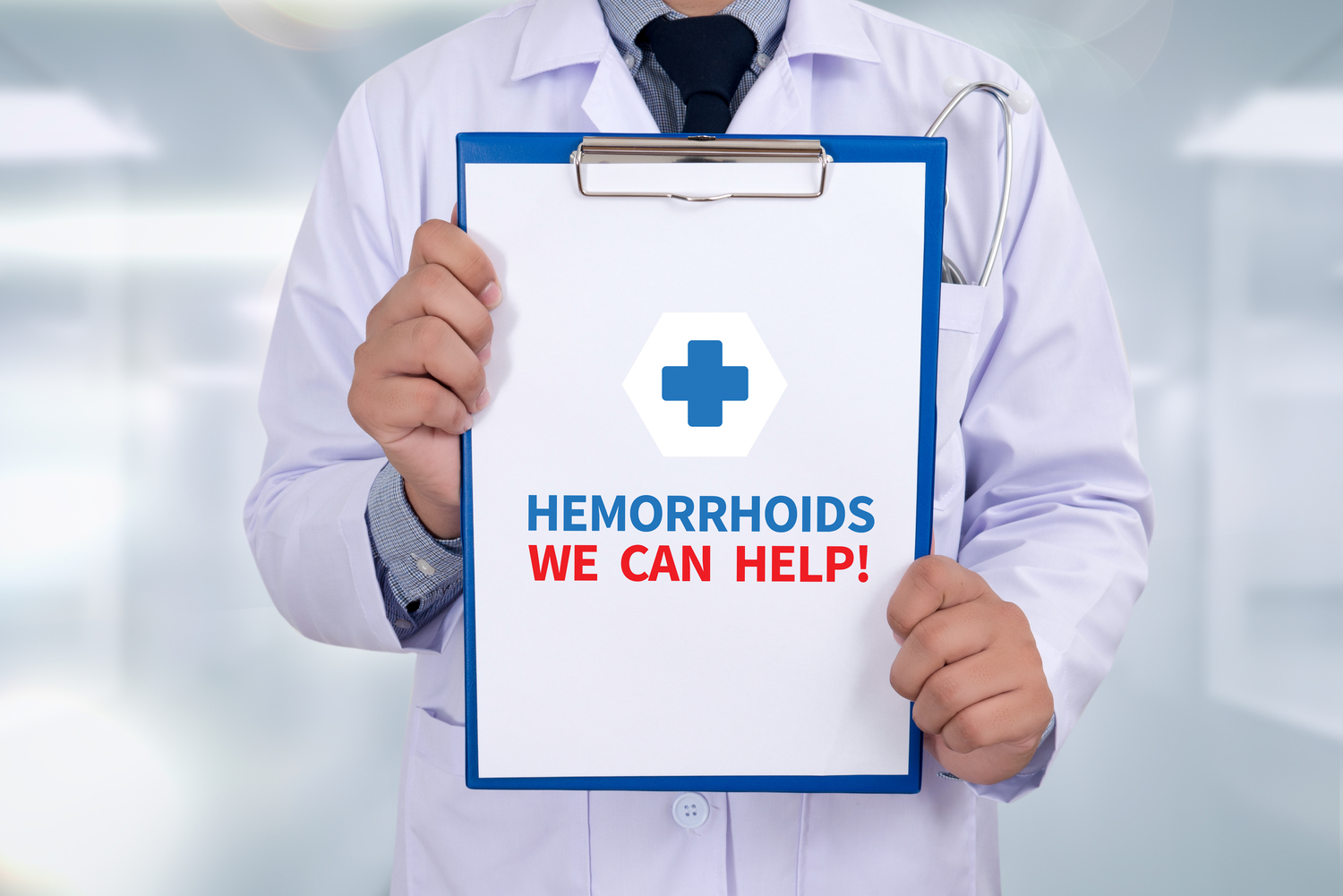Effective Home Treatments for Foot Corns and Calluses
Learn simple and effective home remedies for treating foot corns and calluses. This guide covers causes, prevention tips, over-the-counter treatments, and natural remedies like aspirin and bread so you can reduce discomfort and promote healthy skin around your feet and fingers.
Sponsored
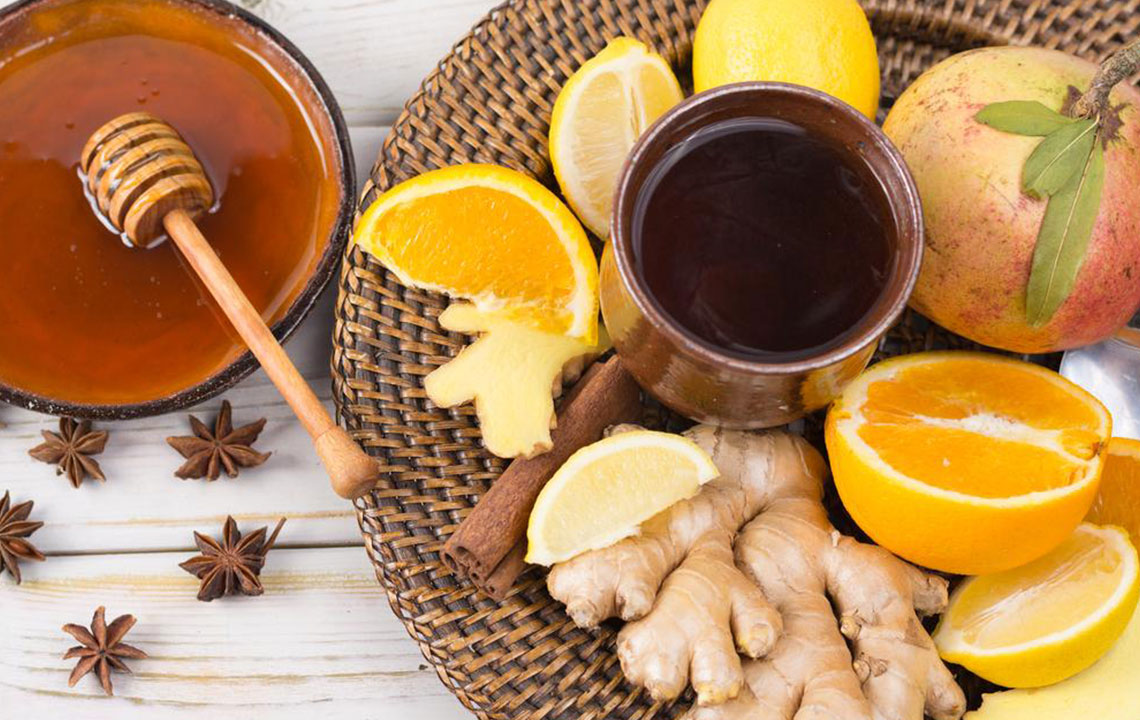
Foot corns and calluses are common skin conditions that can cause discomfort. They develop in response to repeated pressure or friction, resulting in thickened skin areas.
Medical terminology describes these as hyperkeratosis. Corns tend to be smaller, more localized, and often appear as conical or circular, sometimes translucent. Calluses are broader, flatter, and tougher.
Corns typically form on the feet or fingers, especially over bony prominences. They commonly appear on the ball of the foot, pinkie toe, or between toes. Whitish soft corns may occur between the toes due to friction.
Calluses develop in high-friction zones, becoming thick and rough, often on the soles or heel.
Causes of Corn Development:
Corns form as a natural defense, thickening the skin in areas exposed to frequent friction or pressure.
The main reasons for their development include:
Foot or toe deformities, such as bony prominences.
Tight, ill-fitting shoes causing constant pressure.
Altered gait or movement patterns increasing localized pressure.
Friction from tools or sports activities, like guitar playing.
Older adults over 65 are more vulnerable to corns due to thinner skin and mobility issues.
Preventive Tips for Corns and Calluses:
Reducing repetitive pressure is key to prevention. Use comfortable footwear and avoid tight shoes that cause friction.
Protect affected areas with padding, such as insoles or foam cushions, available at drugstores.
Effective Corn and Callus Treatments:
Medications that soften dry, hardened skin can help eliminate corns. Products containing salicylic acid are commonly used; they work by dissolving keratin proteins in the thickened skin.
Available forms include:
Drops
Bandages
Pads
Ointments
These treatments typically cause the external skin to turn white and peel away, reducing discomfort. It’s advisable to seek medical advice before attempting to cut or remove a corn manually to prevent infection. A healthcare professional may prescribe antibiotics if necessary.
Most corns are manageable at home and rarely require surgery. However, persistent pressure can lead to recurrence. While benign, corns do not pose a risk of serious conditions like skin cancer.
Home Remedies for Corns and Calluses:
These natural remedies can aid healing:
Aspirin:
Crush 5-6 aspirins into powder.
Mix with equal parts apple cider vinegar and water to form a paste.
Apply to the corn and secure with a bandage.
Leave for 10 minutes, then gently rub with a pumice stone.
Bread:
Use overnight by dipping half a stale bread slice in apple cider vinegar.
Apply to the affected area and secure with adhesive tape.
Cover with plastic wrap and wear cotton socks overnight.
Always consult a healthcare provider for persistent or painful corns for proper diagnosis and treatment. These home remedies can promote quick relief and healing.

